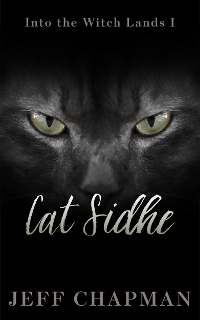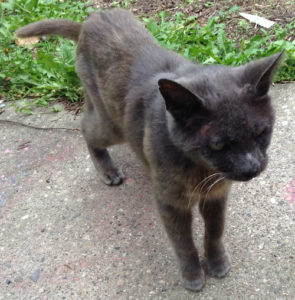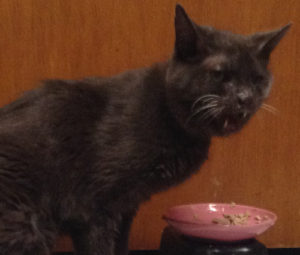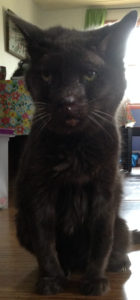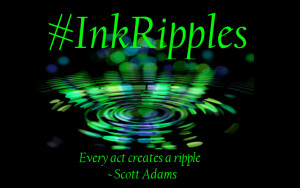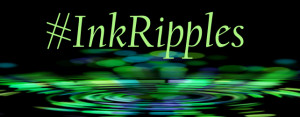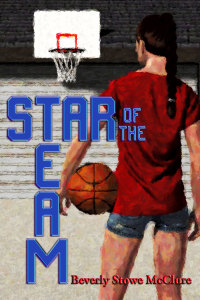You all know I’m a big reader and a big fan of all types of reading. Hardcovers, paperbacks, ebooks; literary or commercial; adult, YA, middle grade, picture book; graphic novel, verse, non-fiction–I love them all! But there is one format that I haven’t personally been able to get into: audiobooks, which is kind of disappointing because they have recently had a surge in popularity (see the article in Publishers Weekly “Audiobooks Revenue Jumped 22.7% in 2018” by John Maher) and are more readily available than ever.

My lack of audiobook readings isn’t because I don’t think it’s “real” reading (who gets to decide what “real” reading is anyway?) or because it’s not a good way to experience a book (I think some books are actually better in audio form); it’s because of the way my brain works.
I’m a visual learner, always reading along (if that’s an option) while listening to someone speak or read directions. I often watch movies with the closed captions on when I’m at home. My brain absorbs information better when I can see it, so listening to audiobooks is hard for me. I’ll get 15 minutes in and all of a sudden I’ll be like, “Wait! What’s going on?” because my brain spaced out and I haven’t been listening for the last 10 minutes.
I also find listening to be an important tool both as a parent and a writer. I need to be able to hear what the kiddos are up to even when I can’t see them, so going around the house listening to an audiobook isn’t a great option. And I like to be able to hear what’s going on in the world as I observe it in order to inform my senses as a writer.
But I do feel like I’m missing out. So in order to work my way up to a full audiobook, I’ve started listening to podcasts. They’re much shorter than books and they come in all sorts of different topics. So far I feel like I’ve done pretty well with them. I can mostly stay focused and actually pay attention to what’s being said, and they fit really nicely into my daily routine. I like to listen when I’m doing laundry or grocery shopping. I’ve found having them play aloud works when I don’t have to worry about disturbing anyone else and having just one earbud in when I’m in a situation where it would bother others to hear what I’m listening to.
It’s also definitely an avenue I’ve been thinking about getting my own books in. Middle grade in particular is a space where audiobooks are very popular, so I’d love to have PIRATE ISLAND available that way. But then there’s the issue of time and not having enough of it to navigate a new project.
What’s your opinion on audiobooks and podcasts? Any great reads you’ve listened to lately?
